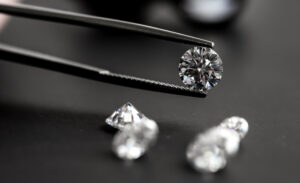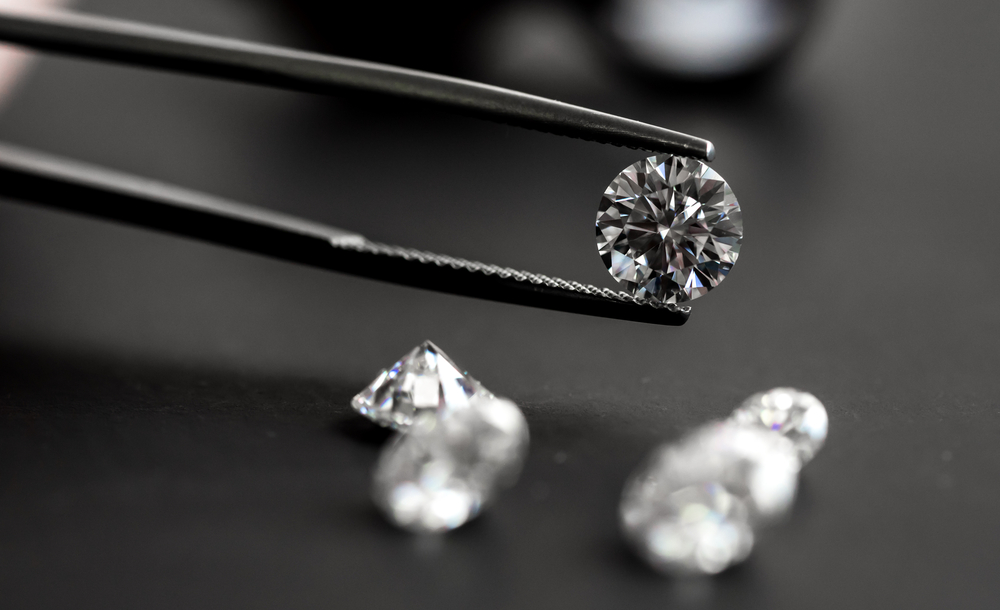
The Emergence Of A Disruptive Technology
Artificial diamonds are no longer confined to being an alternative choice for consumers; they are increasingly becoming the choice. The rapid advancements in the production of lab-grown diamonds have raised several complex scientific and ethical questions. This has created a demand for specialized knowledge and research that extends beyond the traditional boundaries of geology and gemology.
Materials Science And Engineering
One of the primary branches of study that could benefit from a dedicated focus on artificial diamonds is materials science and engineering. While traditional diamond mining involves extracting gems from deep within the Earth, lab-grown diamonds are created through controlled processes in laboratories. These processes require a deep understanding of materials, chemistry, and engineering. Creating synthetic diamonds involves manipulating carbon atoms and subjecting them to extreme heat and pressure. Specialized knowledge in materials science and engineering is essential to improve the efficiency, scalability, and quality of artificial diamond production. By establishing dedicated study branches, universities and research institutions can equip students and researchers with the skills needed to drive innovation in this field.
Environmental Sustainability
Artificial diamonds are often hailed for their lower environmental impact compared to natural diamond mining. To further reduce this impact and make the production process even more sustainable, there is a need for research and expertise in environmental science and sustainability. By creating dedicated study branches focused on the environmental aspects of artificial diamond production, researchers can explore ways to minimize resource consumption, reduce energy use, and optimize waste management. These efforts can contribute to making lab-grown diamonds a truly eco-friendly choice, aligning with global sustainability goals.
Consumer Education And Ethical Considerations
Consumer awareness and education are critical aspects of the artificial diamond industry. Consumers need to understand the differences between natural and lab-grown diamonds, the ethical implications of their choices, and how to make informed purchasing decisions. To address these educational needs, study branches in consumer education and ethics related to diamonds could be established. These branches would focus on disseminating accurate information about artificial diamonds, ethical sourcing, and responsible consumption. Graduates from these programs could play a vital role in ensuring that consumers are well-informed and empowered to make ethical choices.
Regulation And Policy Development
The growing popularity of artificial diamonds also calls for specialized knowledge in regulation and policy development. Governments and regulatory bodies need to adapt to the changing dynamics of the diamond industry, ensuring that there are clear guidelines and standards in place to protect consumers and maintain fair trade practices. Study branches dedicated to diamond industry regulation and policy can produce experts who can actively contribute to shaping the legal and ethical framework surrounding artificial diamonds. This would help create a level playing field for businesses and establish consumer trust.
Artificial diamonds have the potential to revolutionize not only the jewelry industry but also various fields of study. By creating dedicated branches of study focused on materials science and engineering, environmental sustainability, consumer education and ethics, and regulation and policy development, we can harness the full potential of this disruptive technology. These specialized study branches would not only contribute to the advancement of artificial diamonds but also offer students and researchers exciting opportunities to be at the forefront of a rapidly evolving industry. As lab-grown diamonds continue to gain prominence, it’s imperative that we invest in education and research to fully explore their benefits and address the challenges they present.
